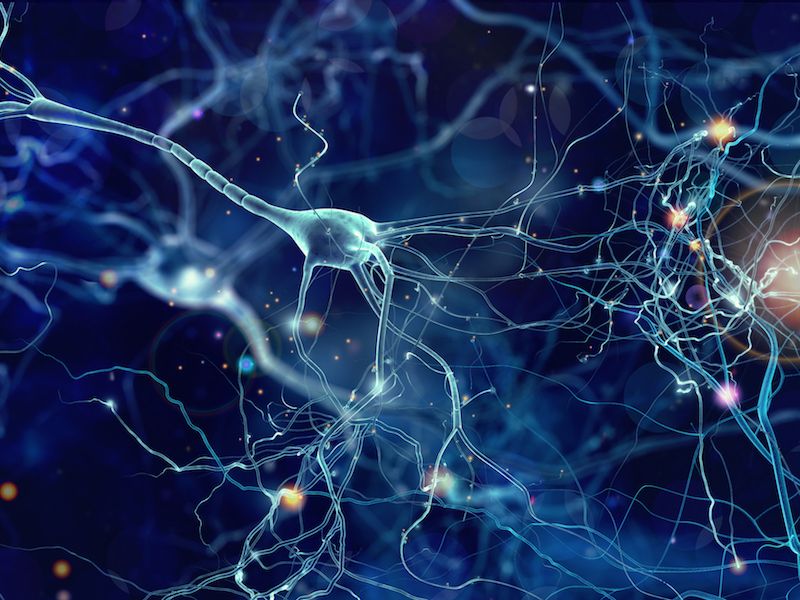
How frequently do you contemplate your nervous system? For most people, the answer would probably be not very frequently. As long as your body is performing as it is supposed to, you have no reason to consider how your neurons are firing or whether nerves are sending correct messages along the electrical corridors in your body. But you tend to pay more attention when something fails and the nerves start to misfire.
One specific disease known as Charot-Marie-Tooth Disease which typically affects the extremities can also have a fairly wide-scale affect on the whole nervous system. And there’s some evidence that implies that CMT can also lead to high-frequency hearing loss.
What Is Charcot-Marie-Tooth Disease?
Charcot-Marie-Tooth disease is a set of inherited conditions. The protective sheathing surrounding the nerves malfunction due to a genetic condition.
There is an issue with the way impulses move between your brain and your nerves. A loss in motor function and sensation can be the outcome.
A mix of genetic factors commonly leads to the appearance of symptoms, so CMT can be present in a few varieties. For the majority of people who have CMT, symptoms begin in the feet and can work their way up into their arms. And, high-frequency hearing loss, oddly, has a high rate of occurrence in those with CMT.
A Connection Between Hearing Loss And CMT: The Cochlear Nerve
There has always been an anecdotal link between hearing loss and CMT (meaning that within the CMT culture everyone has heard others tell stories about it). And it seemed to confuse people who had CMT – the ear didn’t appear very related to the loss of feeling in the legs, for example.
The connection was firmly established by a scientific study just recently when a group of researchers evaluated 79 people with CMT at the University of Iowa Hospitals and Clinics.
The results were quite conclusive. Almost everyone who has CMT passed their low and moderate frequency hearing assessments with flying colors. But all of the people showed hearing loss when it came to the high-frequency sounds (usually around the moderate levels). high-frequency hearing loss, according to this research, is likely to be connected to CMT.
The Cause of Hearing Loss and How to Treat It
The link between high-frequency hearing loss and CMT could, at first, seem puzzling. But everything in your body, from your toes to your eyebrows, relies on the proper functioning of nerves. That’s also the same for your ears.
What most researchers hypothesize happens is that the cochlear nerve is impacted by the CMT – interfering with your ear’s ability to interpret and convey sounds in a high-frequency range. Anyone with this type of hearing loss will have a hard time hearing specific sounds, including voices. Notably, make out voices in crowded or noisy rooms can be a tangible obstacle.
This form of hearing loss is normally managed with hearing aids. CMT has no known cure. Modern hearing aids can offer considerable help in terms of overcoming the effects of high-frequency hearing loss, selecting only those ranges of sounds to boost. Additionally, most modern hearing aids can be adjusted to work well within noisy surroundings.
There Can be Various Causes For Hearing Loss
Experts still aren’t completely sure why CMT and loss of hearing seem to co-exist quite so often (above and beyond their untested theory). But this type of hearing loss can be effectively managed using hearing aids. That’s why lots of people who have CMT will take the time to get a consultation with a hearing specialist and get a fitting for a custom hearing aid.
There are numerous causes for hearing loss symptoms. In many situations, hearing loss is brought about by undesirable exposure to harmful noises. In other cases, loss of hearing may be the result of an obstruction. It also looks as if CMT is another possible cause.
